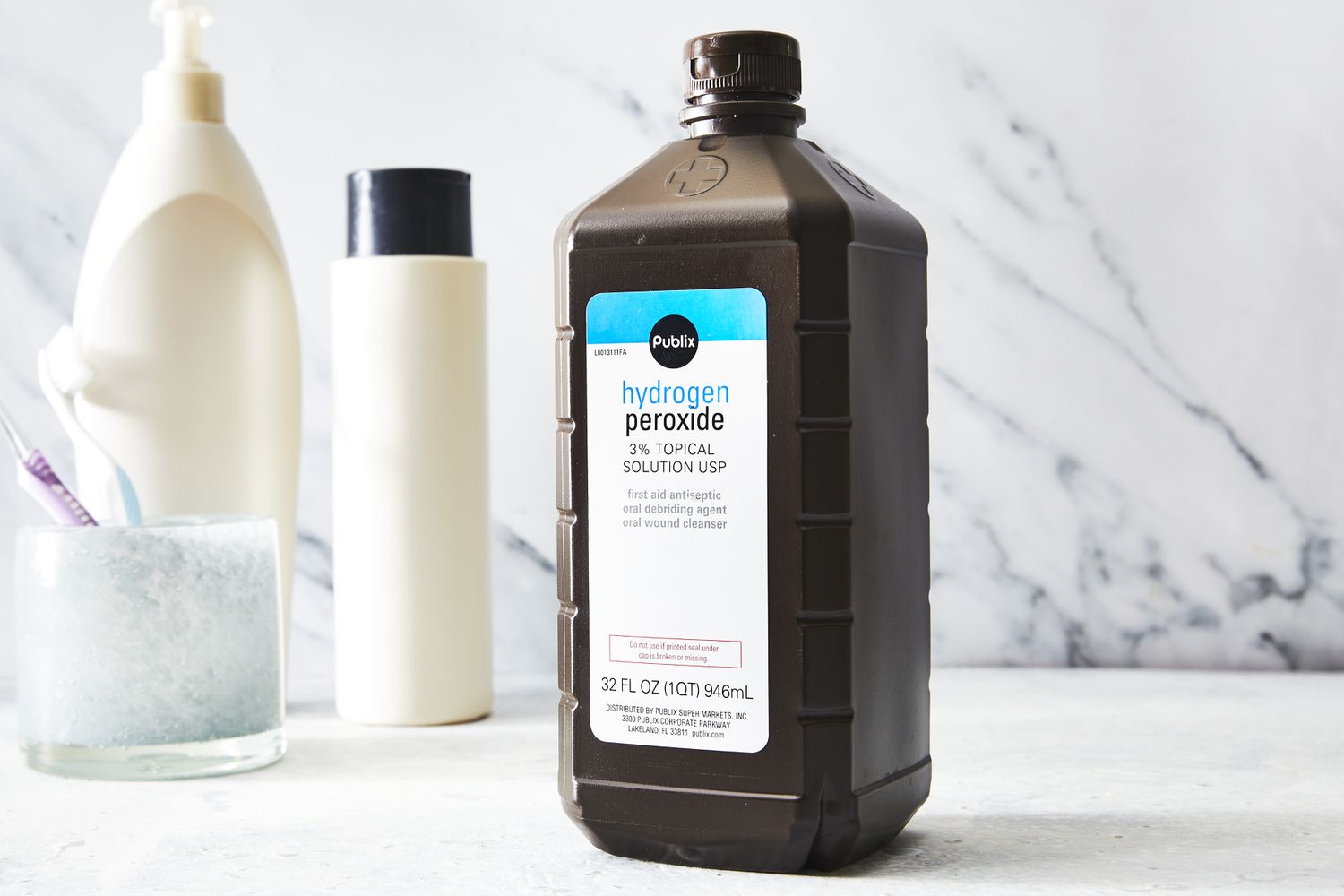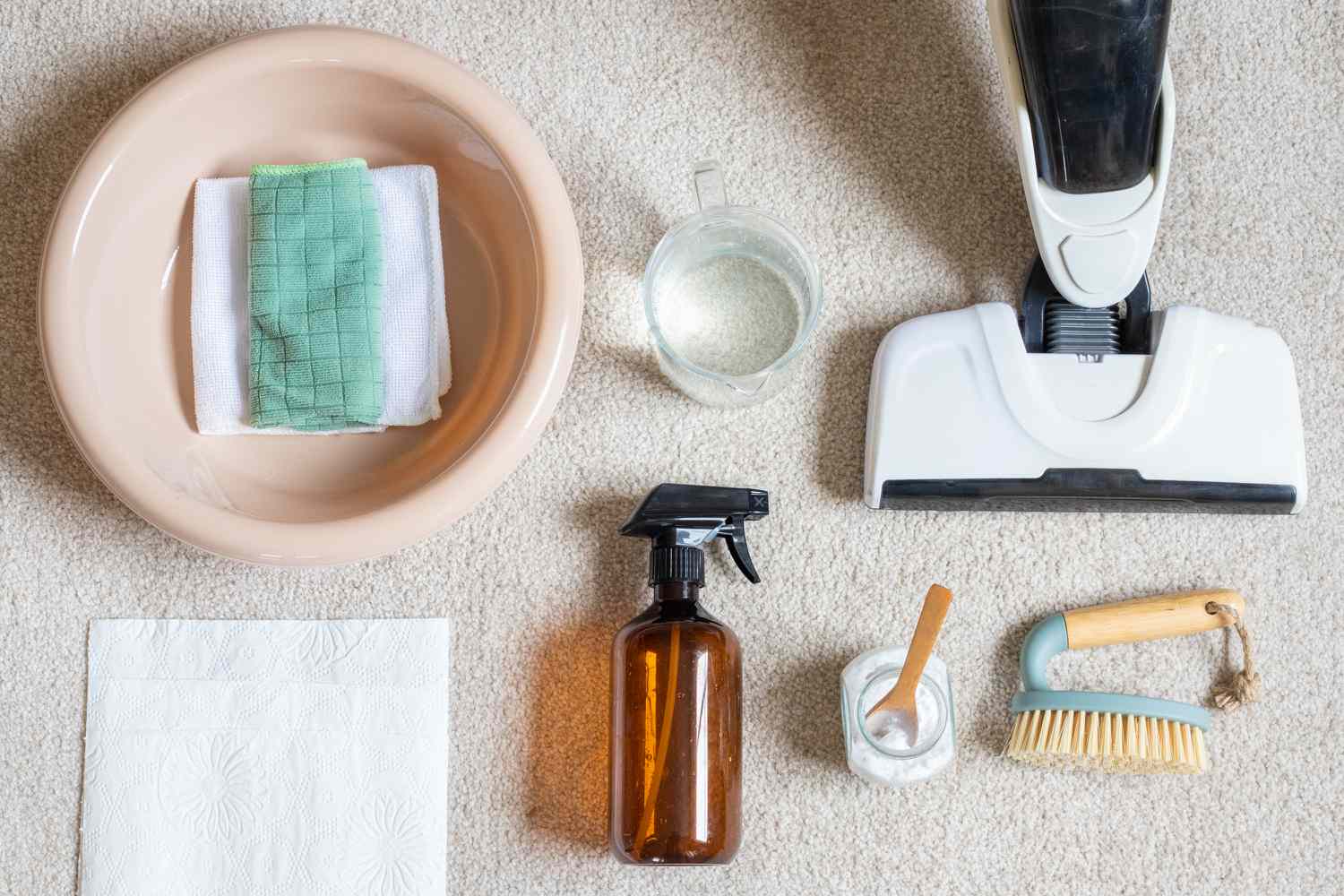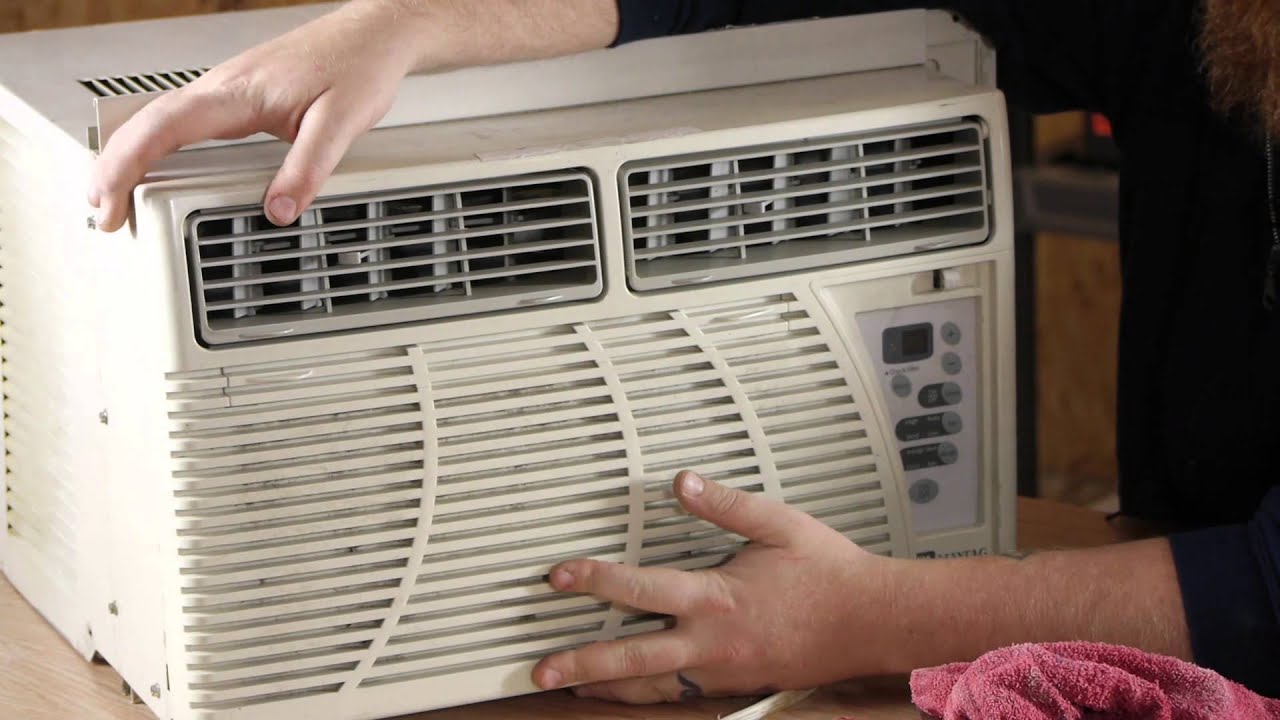

Articles
How To Store Hydrogen Peroxide At Home
Modified: March 2, 2024
Learn how to safely store hydrogen peroxide at home in this informative article. Discover essential tips and guidelines for proper storage to ensure your safety and effectiveness.
(Many of the links in this article redirect to a specific reviewed product. Your purchase of these products through affiliate links helps to generate commission for Storables.com, at no extra cost. Learn more)
Introduction
Welcome to this comprehensive guide on how to store hydrogen peroxide at home. Hydrogen peroxide is a common household chemical that is widely used for its various properties. It is a powerful oxidizing agent that is commonly used as a disinfectant, bleaching agent, and even in cosmetic applications. While hydrogen peroxide is generally considered safe to use, it is crucial to store it properly to ensure its effectiveness and prevent any potential hazards.
In this article, we will explore the various factors you need to consider when storing hydrogen peroxide at home. From choosing the right container to understanding the importance of proper storage location, temperature considerations, ventilation requirements, handling and labeling guidelines, safety precautions, emergency measures, and disposal guidelines, we’ve got you covered.
By following these recommendations, you can ensure that your hydrogen peroxide remains safe to use and does not pose any risks to you, your family, or your home. So, let’s dive in and discover the best practices for storing hydrogen peroxide at home.
Key Takeaways:
- Proper storage of hydrogen peroxide at home involves choosing the right container, storing in a cool, dry area, and handling with caution to ensure safety and effectiveness.
- In case of spills or accidents, quick response and adherence to emergency measures are essential to minimize risks and ensure safe handling of hydrogen peroxide.
Read more: How To Store Hydrogen Peroxide
Understanding Hydrogen Peroxide
Before we delve into the details of storing hydrogen peroxide, let’s gain a basic understanding of what it is. Hydrogen peroxide, chemically known as H2O2, is a pale blue liquid that is composed of two hydrogen atoms and two oxygen atoms. It is a versatile chemical compound that has a wide range of uses.
Hydrogen peroxide is commonly used as a disinfectant due to its oxidizing properties, which help kill bacteria, viruses, and other harmful microorganisms. It is a key component in many first aid kits and is often used to clean wounds, cuts, and scrapes. Additionally, hydrogen peroxide is widely used as a bleaching agent to lighten hair, remove stains from fabrics, and clean surfaces.
It’s important to note that hydrogen peroxide is a relatively stable compound, but it can decompose over time, especially when exposed to heat, light, or contaminants. This decomposition process leads to the release of oxygen gas, which can cause the container to expand or rupture if not stored properly.
Now that we have a basic understanding of hydrogen peroxide and its uses, let’s move on to the key factors to consider when storing this chemical at home.
Choosing the Right Container
When it comes to storing hydrogen peroxide, selecting the right container is crucial in ensuring its longevity and safety. Here are some important factors to consider when choosing the container:
- Material: It is best to store hydrogen peroxide in a container made of high-density polyethylene (HDPE) or glass. HDPE is a durable and chemically resistant material that helps prevent any reactions or leaks. Avoid storing hydrogen peroxide in containers made of metal or other reactive materials, as they can lead to the degradation of the compound.
- Size: Choose a container size that matches your usage needs. It is generally recommended to select smaller containers to minimize the risk of prolonged storage and potential degradation of the hydrogen peroxide.
- Sealing: Ensure that the container has a tight-fitting lid or cap to prevent any leakage or evaporation of the hydrogen peroxide.
- Labeling: It is essential to label the container with the contents and date of purchase, as well as any other relevant information. This will help you keep track of the hydrogen peroxide’s freshness and usage.
Remember, when transferring hydrogen peroxide from its original container to a new one, always use a clean and dry funnel to avoid any contamination. Additionally, make sure the new container is thoroughly cleaned and free from any residues of previously stored substances.
Now that you have chosen the right container, let’s move on to the next important aspect of storing hydrogen peroxide: the proper storage location.
Proper Storage Location
Once you have chosen the right container for storing hydrogen peroxide, it is equally important to determine the proper storage location. Here are some guidelines to ensure the safety and effectiveness of your hydrogen peroxide:
- Cool and Dry Area: Store hydrogen peroxide in a cool, dry area away from direct sunlight and heat sources. High temperatures can accelerate the decomposition process of hydrogen peroxide and reduce its effectiveness. Aim for a storage temperature between 50°F (10°C) and 68°F (20°C).
- Avoid Extreme Temperature Fluctuations: Rapid temperature changes can also affect the stability of hydrogen peroxide. Avoid storing it in areas prone to frequent temperature fluctuations, such as near windows, heaters, or air conditioning vents.
- Keep Away from Flammable Materials: Hydrogen peroxide is a non-flammable liquid, but it can react with combustible substances. Therefore, store it away from flammable materials such as gasoline, solvents, or other chemicals.
- Accessible and Secure: Place the hydrogen peroxide container in an accessible location, but ensure it is kept out of reach of children and pets. Consider using childproof caps or storing it in a locked cabinet for added safety.
By ensuring the proper storage location, you can prolong the shelf life of hydrogen peroxide and maintain its effectiveness when you need it. Now that you have the container and storage location covered, let’s move on to understanding the temperature considerations for storing hydrogen peroxide.
Temperature Considerations
Proper temperature control is a crucial factor in maintaining the stability and effectiveness of hydrogen peroxide during storage. Here are some temperature considerations you should keep in mind:
- Avoid High Temperatures: High temperatures can cause hydrogen peroxide to decompose more rapidly, leading to reduced effectiveness and potential hazards. Avoid storing it in areas where temperatures exceed 68°F (20°C), such as near the stove, oven, or heaters.
- Avoid Freezing: Hydrogen peroxide can freeze at temperatures below 32°F (0°C). Freezing may cause the container to expand and possibly rupture, leading to leakage or even explosions. Store hydrogen peroxide in an area where the temperature remains above freezing.
- Consistent Temperature: Fluctuating temperatures can also contribute to the degradation of hydrogen peroxide. Ensure that the storage area provides a consistent temperature range to maintain the stability of the chemical compound.
It is worth noting that hydrogen peroxide is more stable when stored at cooler temperatures. Therefore, if possible, storing it in a refrigerator can help prolong its shelf life and maintain its effectiveness.
By considering these temperature guidelines, you can ensure that your hydrogen peroxide remains stable and ready for use when needed. Now let’s move on to discussing the importance of ventilation requirements when storing hydrogen peroxide.
Ventilation Requirements
Proper ventilation is crucial when storing hydrogen peroxide to ensure the safety of your home and prevent the buildup of potentially harmful gases. Here are some guidelines to consider for proper ventilation:
- Adequate Airflow: Store hydrogen peroxide in a well-ventilated area to allow for proper airflow. This helps prevent the accumulation of any oxygen gas that may be released during the decomposition process.
- Avoid Confined Spaces: Do not store hydrogen peroxide in small, enclosed spaces, such as cabinets or closets, without proper ventilation. In the event of a container leak or rupture, the buildup of oxygen gas can create a potentially hazardous environment.
- Avoid Contact with Combustible Materials: Ensure that hydrogen peroxide is stored away from any combustible materials that may react with the released oxygen gas. Combining hydrogen peroxide with flammable substances can increase the risk of fire or explosion.
By providing proper ventilation, you can minimize the risk of any potential hazards associated with the storage of hydrogen peroxide. Ensure that the area is well-ventilated and has adequate airflow to maintain a safe environment.
Now that we have covered ventilation requirements, let’s move on to the important aspects of handling and labeling hydrogen peroxide for optimal storage and safety.
Store hydrogen peroxide in a cool, dark place, away from direct sunlight and heat sources. Keep it in its original, opaque container to prevent decomposition.
Handling and Labeling
Proper handling and labeling of hydrogen peroxide are essential for maintaining its integrity during storage and ensuring the safety of those who come in contact with it. Here are some guidelines to keep in mind:
- Wear Protective Gear: When handling hydrogen peroxide, it is recommended to wear gloves, safety goggles, and a lab coat or protective clothing. This protects your skin, eyes, and clothing from potential contact with the chemical.
- Minimize Exposure: Avoid prolonged exposure to hydrogen peroxide by handling it quickly and efficiently. This helps to reduce the risk of accidental spills or leaks.
- Secure Containers: Ensure that hydrogen peroxide containers are properly sealed and stored upright to minimize the risk of leakage or spills. This prevents any potential contact with clothing, surfaces, or other materials that may react with or be damaged by the chemical.
- Label Containers: Clearly label the containers with the word “Hydrogen Peroxide” and include the concentration level, if known. This helps you and others easily identify the contents and handle the chemical with caution.
- Store Away from Food and Beverages: Avoid storing hydrogen peroxide near or with food items to prevent any accidental ingestion or contamination.
By following these handling and labeling guidelines, you can ensure safe and efficient management of hydrogen peroxide during storage and minimize any risks associated with its use.
Now that we have covered the important aspects of handling and labeling, let’s move on to discussing the safety precautions that should be taken when storing hydrogen peroxide at home.
Safety Precautions
When storing hydrogen peroxide at home, it is crucial to prioritize safety to prevent any accidents or mishaps. Here are some essential safety precautions to keep in mind:
- Keep Out of Reach of Children and Pets: Store hydrogen peroxide in a location that is inaccessible to children and pets. It should be secured in a locked cabinet or high shelf to avoid any accidental ingestion or exposure.
- Avoid Direct Contact: Avoid direct contact with hydrogen peroxide, especially with your eyes and skin. In case of contact, immediately flush the affected area with water and seek medical attention if necessary.
- Do Not Ingest: Hydrogen peroxide is not meant to be ingested. It can cause irritation, burns, and other adverse effects on the digestive system. Keep it away from food and beverages to prevent accidental ingestion.
- Keep Away from Flames and Ignition Sources: Hydrogen peroxide is not flammable but can act as an oxidizing agent. Keep it away from open flames, sparks, and other ignition sources to prevent the risk of fire.
- Do Not Mix with Other Chemicals: Never mix hydrogen peroxide with other chemicals unless specifically instructed to do so by a professional. Mixing it with certain substances can result in dangerous reactions.
Additionally, it is important to familiarize yourself with the safety data sheet (SDS) provided by the manufacturer. This document provides detailed information on the properties, hazards, and safety precautions associated with the specific hydrogen peroxide product you are using.
By following these safety precautions, you can minimize the risk of accidents and ensure the safe storage and handling of hydrogen peroxide at home. Now, let’s move on to discussing emergency measures that should be taken in case of spills or accidents involving hydrogen peroxide.
Emergency Measures
While it is important to take preventive measures when storing hydrogen peroxide, accidents can still occur. Being prepared and knowing the appropriate emergency measures can help you respond quickly and effectively. Here are some steps to take in case of spills or accidents involving hydrogen peroxide:
- Contain the Spill: If a spill occurs, immediately contain the area to prevent the spread of hydrogen peroxide. Use absorbent materials, such as paper towels or spill containment pads, to soak up the liquid and minimize its contact with other surfaces.
- Ventilate the Area: If the spill has caused the release of significant amounts of oxygen gas, ensure proper ventilation in the area to prevent the buildup of potentially hazardous concentrations. Open windows and doors, and use fans if necessary.
- Wear Protective Gear: Put on appropriate personal protective equipment, including gloves, safety goggles, and a lab coat or protective clothing, before attempting to clean up the spill. This helps protect against any potential contact with the hydrogen peroxide solution.
- Follow Disposal Guidelines: Dispose of any contaminated materials, such as gloves or paper towels used to clean up the spill, in accordance with local regulations and disposal guidelines. Use a sealed container to prevent further exposure.
- Seek Medical Attention: If anyone comes into direct contact with hydrogen peroxide and experiences any symptoms such as eye irritation, skin burns, or difficulty breathing, seek immediate medical attention.
- Contact Emergency Services if needed: If the spill or accident poses a significant risk, such as a large-scale release or potential fire hazard, contact emergency services for further assistance and guidance.
It is crucial to have a well-stocked first aid kit readily available in case of emergencies. The kit should include items such as gloves, sterile dressings, eyewash solution, and a copy of the hydrogen peroxide SDS for reference.
By being prepared and knowing the appropriate emergency measures, you can respond swiftly and effectively to accidents involving hydrogen peroxide.
Now that we have covered emergency measures, let’s discuss the proper disposal guidelines for hydrogen peroxide.
Read more: How To Clean A Carpet With Hydrogen Peroxide
Disposal Guidelines
Proper disposal of hydrogen peroxide is important to prevent environmental contamination and ensure the safety of waste handlers. Here are some guidelines to follow when disposing of hydrogen peroxide:
- Check Local Regulations: Before disposing of hydrogen peroxide, check the local regulations and guidelines regarding the disposal of hazardous chemicals. Different areas may have specific instructions or facilities for proper disposal.
- Dilution: If the concentration of the hydrogen peroxide is low (below 5%), it may be possible to safely pour it down the drain while running water. However, ensure that the local regulations allow for this method. It is best to dilute the hydrogen peroxide with a large volume of water.
- Neutralization: If you need to dispose of a larger quantity or higher concentration of hydrogen peroxide, consult with local authorities or waste management facilities. They may provide specific instructions for neutralizing or treating the chemical before disposal.
- Chemical Exchange Programs: Some communities or organizations offer chemical exchange programs where individuals can safely dispose of unwanted chemicals, including hydrogen peroxide. These programs ensure proper handling and disposal methods.
- Professional Assistance: If you are unsure about the proper disposal methods or have a large quantity of hydrogen peroxide, it is recommended to contact a licensed waste disposal company for assistance. They are equipped to handle hazardous chemicals and ensure their safe disposal.
Remember, never dispose of hydrogen peroxide in regular trash bins or pour it directly into the environment. Improper disposal can have harmful effects on ecosystems and human health.
By following the appropriate disposal guidelines, you can contribute to environmental preservation and maintain a safe and sustainable approach to chemical waste management.
Now, let’s wrap up this comprehensive guide on storing hydrogen peroxide at home.
Conclusion
Storing hydrogen peroxide at home requires careful consideration and adherence to proper guidelines to ensure safety, effectiveness, and longevity. By understanding the properties of hydrogen peroxide and following the recommendations outlined in this guide, you can store this versatile chemical compound with confidence.
Choosing the right container made of materials like high-density polyethylene (HDPE) or glass, and ensuring it is properly sealed, is the first step in proper storage. Select a container size that matches your usage needs and label it clearly with the contents and date of purchase.
When it comes to storage location, keep hydrogen peroxide in a cool and dry area, away from direct sunlight and extreme temperatures. Adequate ventilation is also crucial to prevent the buildup of oxygen gas and maintain a safe environment.
Handle hydrogen peroxide with caution, using protective gear and minimizing exposure. Label containers appropriately, ensuring they are stored away from food, beverages, and flammable materials.
In case of spills or accidents, quick response and adherence to emergency measures such as containment, ventilation, and proper disposal are essential. Following local regulations and seeking professional assistance, if needed, will ensure proper disposal of hydrogen peroxide.
By incorporating these guidelines into your storage practices, you can maintain the integrity and effectiveness of hydrogen peroxide while prioritizing the safety of yourself, your family, and your home.
Remember to always consult the safety data sheet (SDS) provided by the manufacturer for specific information related to the hydrogen peroxide product you are using.
With proper storage and handling, hydrogen peroxide can be a valuable and safe household chemical for various applications, from cleaning and disinfecting to cosmetic and beauty routines. Stay informed, follow best practices, and enjoy the benefits of this versatile compound while keeping safety at the forefront.
Thank you for reading this comprehensive guide on storing hydrogen peroxide at home. Stay safe and take care!
Frequently Asked Questions about How To Store Hydrogen Peroxide At Home
Was this page helpful?
At Storables.com, we guarantee accurate and reliable information. Our content, validated by Expert Board Contributors, is crafted following stringent Editorial Policies. We're committed to providing you with well-researched, expert-backed insights for all your informational needs.














0 thoughts on “How To Store Hydrogen Peroxide At Home”